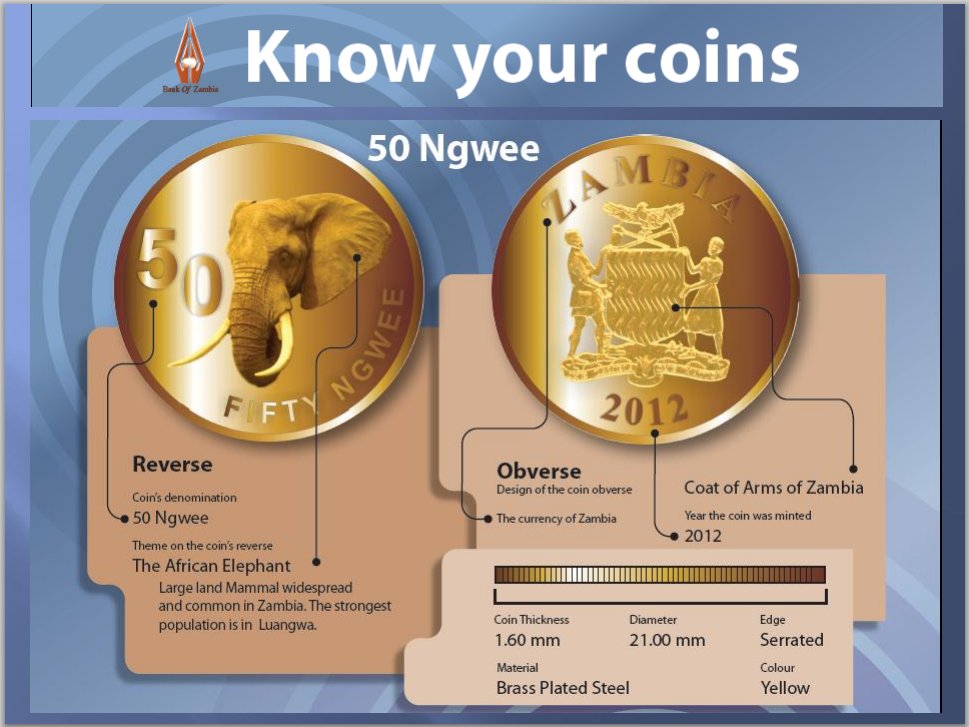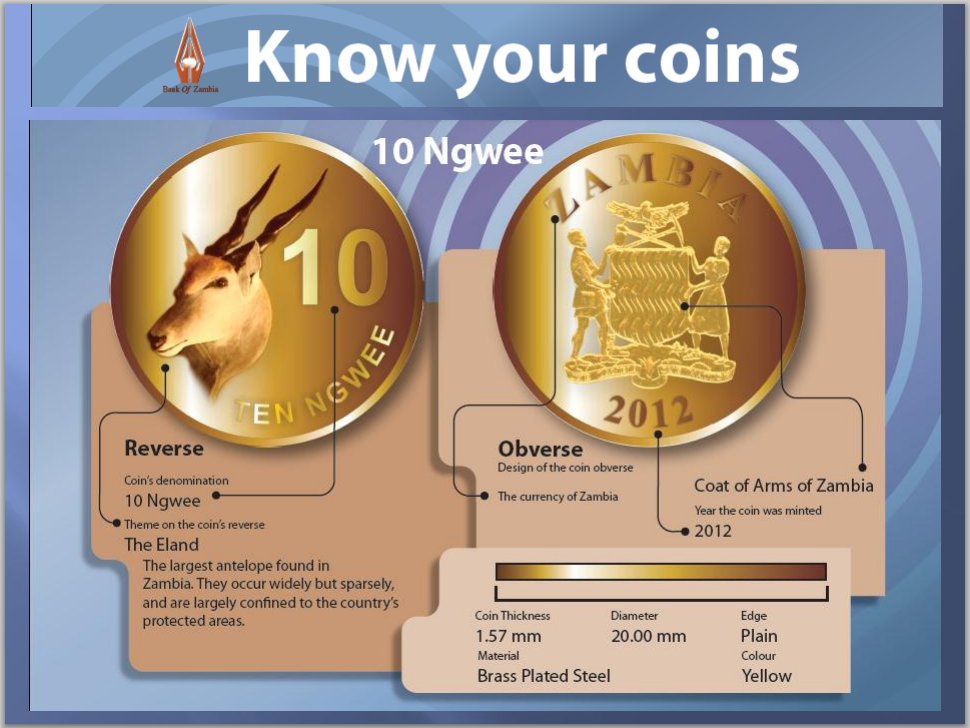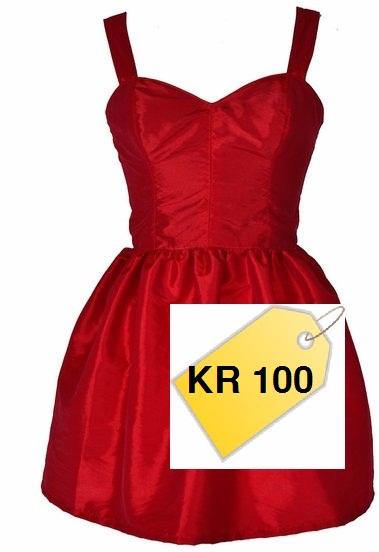The Rebased Zambian Kwacha
While most people celebrate Christmas, some are mourning the fact that they will no longer be called millionaires. The fact remains that the value of the money will be unchanged. The loss of millionaire status will be a social blow to some, but no one will lose out. If anything, the new currency will reduce the cumulative loss in value that has tended to result from inflation.
Inflation has seen the Zambian Kwacha move up and down with a peak of 188% in 1993. Now that it has become more stable, it makes sense to lock down the value of the currency by reducing all the small losses that result from having too many zeros attached. These include:
- Many zeros make people feel that a currency is not strong enough. Less zeros will introduce a psychological boost.
- Re-introduction of coins results in a medium which is more durable than paper money. There is a reduced cost when you print less money.
- Vending machines can be introduced that use coins and facilitate trade.
- Accountants are less likely to make mistakes if there are less zeros.
- Computer programs used for accounting usually cater for dealing in millions rather than billions.
From 1st January, 2013, the rebasing of the Zambian Kwacha comes into effect. Bank notes from K1,000 and above will lose three zeros.
The new currency will consist of six bank notes and four coins:
THE NEW BANK NOTES
Two high value notes,K100 and K50,


Two medium value notes K20 and K10,


Two low value notes K5 and K2


COINS
K1, 50Ngwee, 20 Ngwee and 5 Ngwee.




Another thing that will change about the money is the shortcut expression of the money. Instead of ZMK we will now write it as ZMW. This has to do with an international standard way of expressing the currency of each country in the world, the alphabetic ISO code. The code has a historical value, therefore each new currency must have its own code. The “ZM” was derived from Zambia and the “K” from the Kwacha. The “W” is now derived from the second letter of the word KWACHA.

The old K100 note will now be represented by the 10Ngwee coin. The K100 is a brand new note.
The distribution of the new currency has already started in preparation for the 1st January, 2013. It is hoped that the rains will not slow down the process. Rural areas that do not have banks will depend on Zambia Postal Services (ZAMPOST) and other agencies such as NatSave.
People will be able to exchange up to a total of K25m per transaction. All transactions will be free of charge.
Deadline
The old currency will still be accepted as legal tender until 1st July, 2013.
Late exchange of the old for new will be possible at banks for a year until 30 June 2014. After 30th June, 2013 it will not be possible to buy anything using the old money but it will still be possible to exchange old currency at the Bank of Zambia.
For 6 months only, until 30th June, 2013, prices will be displayed with a temporary prefix KR to show that the value is in rebased Kwacha. An item displayed with a price tag of K100 will be in old value, but KR100 is new value. In the six months of transition, it will be mandatory to display prices in both the old format and in the new format.

Rounding off of figures
Examples:
· K38,255 converted and rounded off, becomes K38.26.
· K38,351 converted and rounded off, becomes K38.35.
Quotation of exchange rates:

Cheques and Taxes
If you plan to hold on to an old cheque with the hope of holding on to your millionaire status, be aware that all cheques issued before 1st January, 2013 will be paid out with the amount divided by 1,000. On a more positive note, taxes will now look less intimidating when you take away the zeros.
______
SHARE YOUR THOUGHTS AND EXPERIENCES WITH OUR READERS BELOW.


